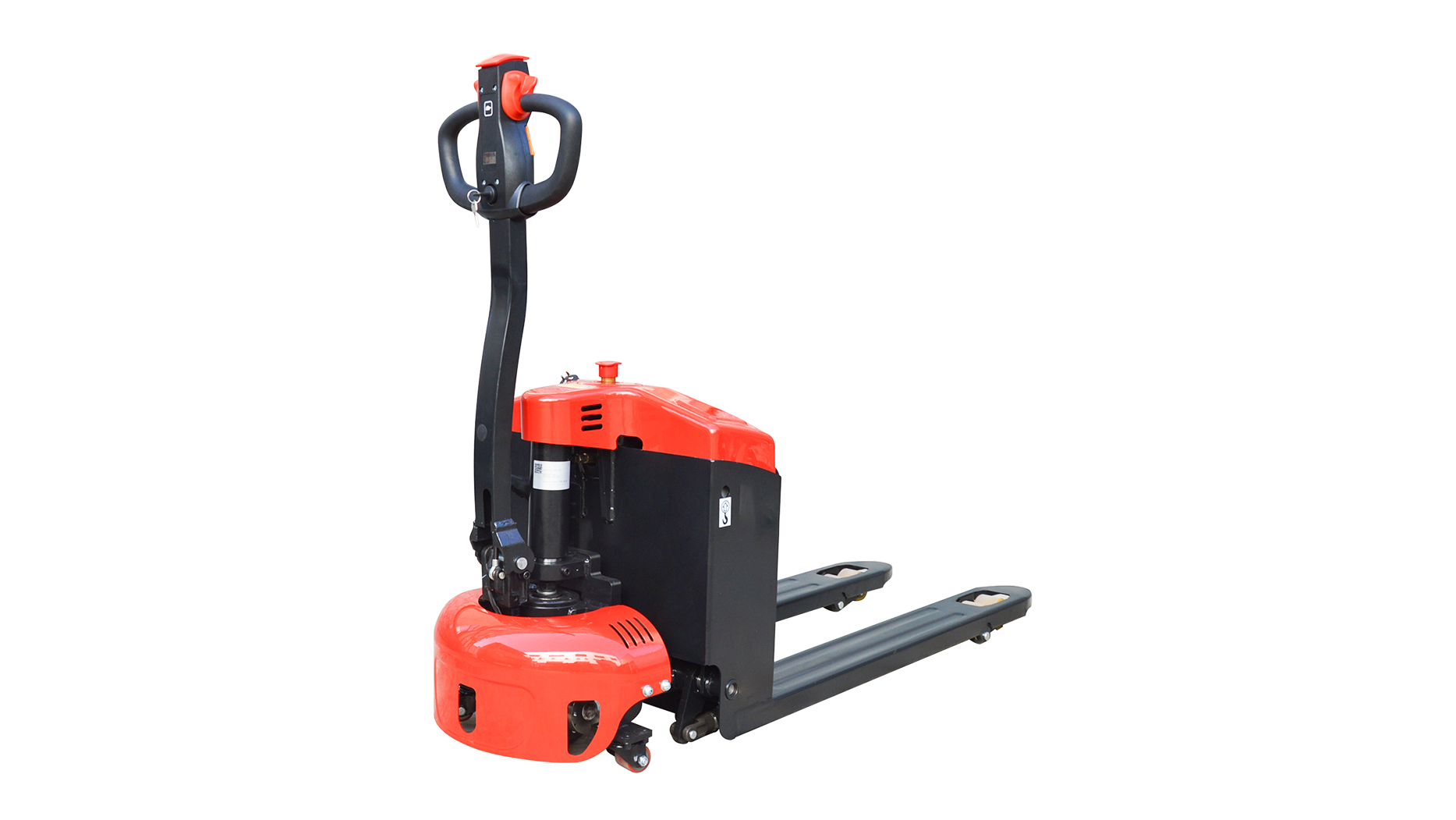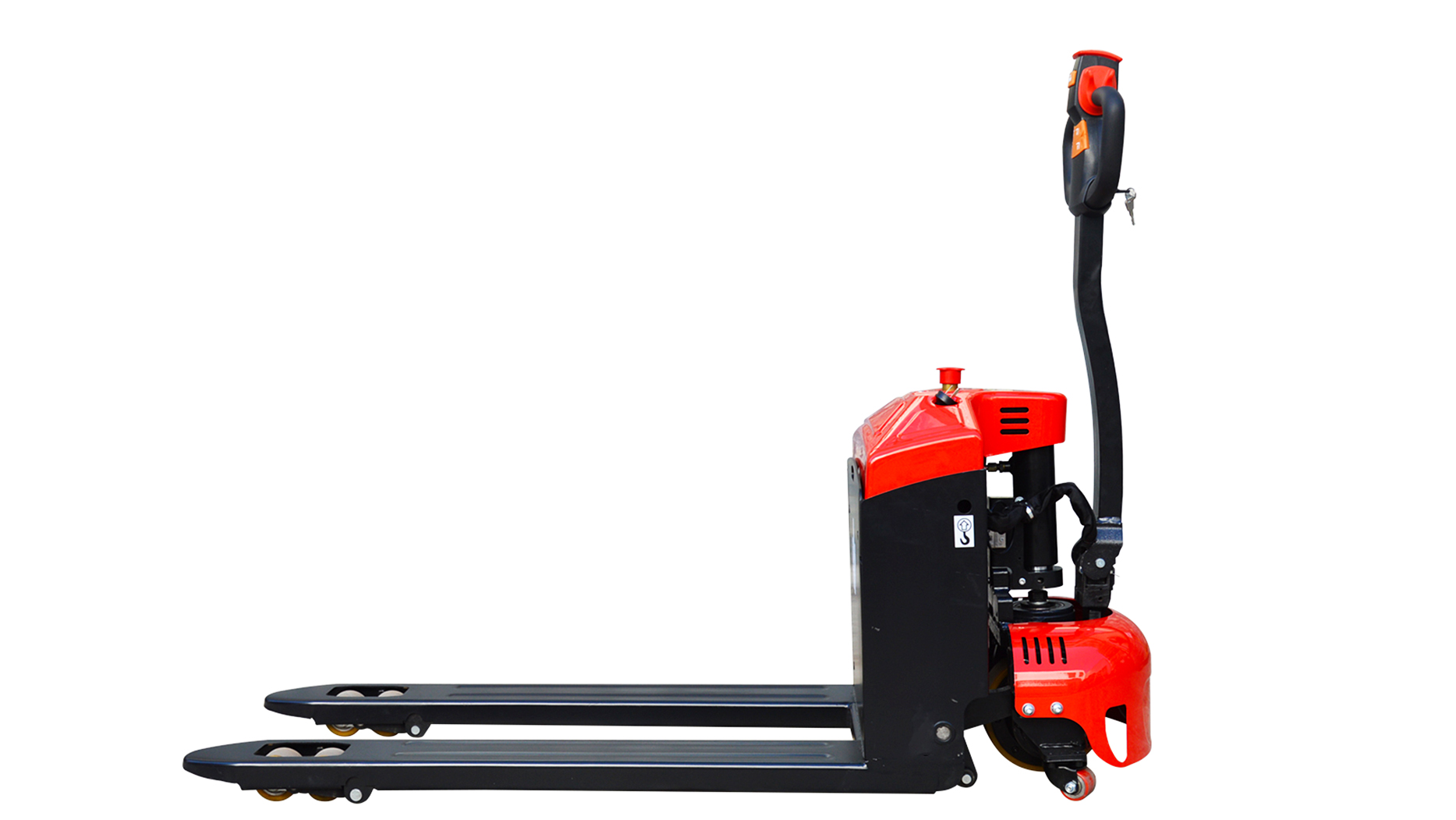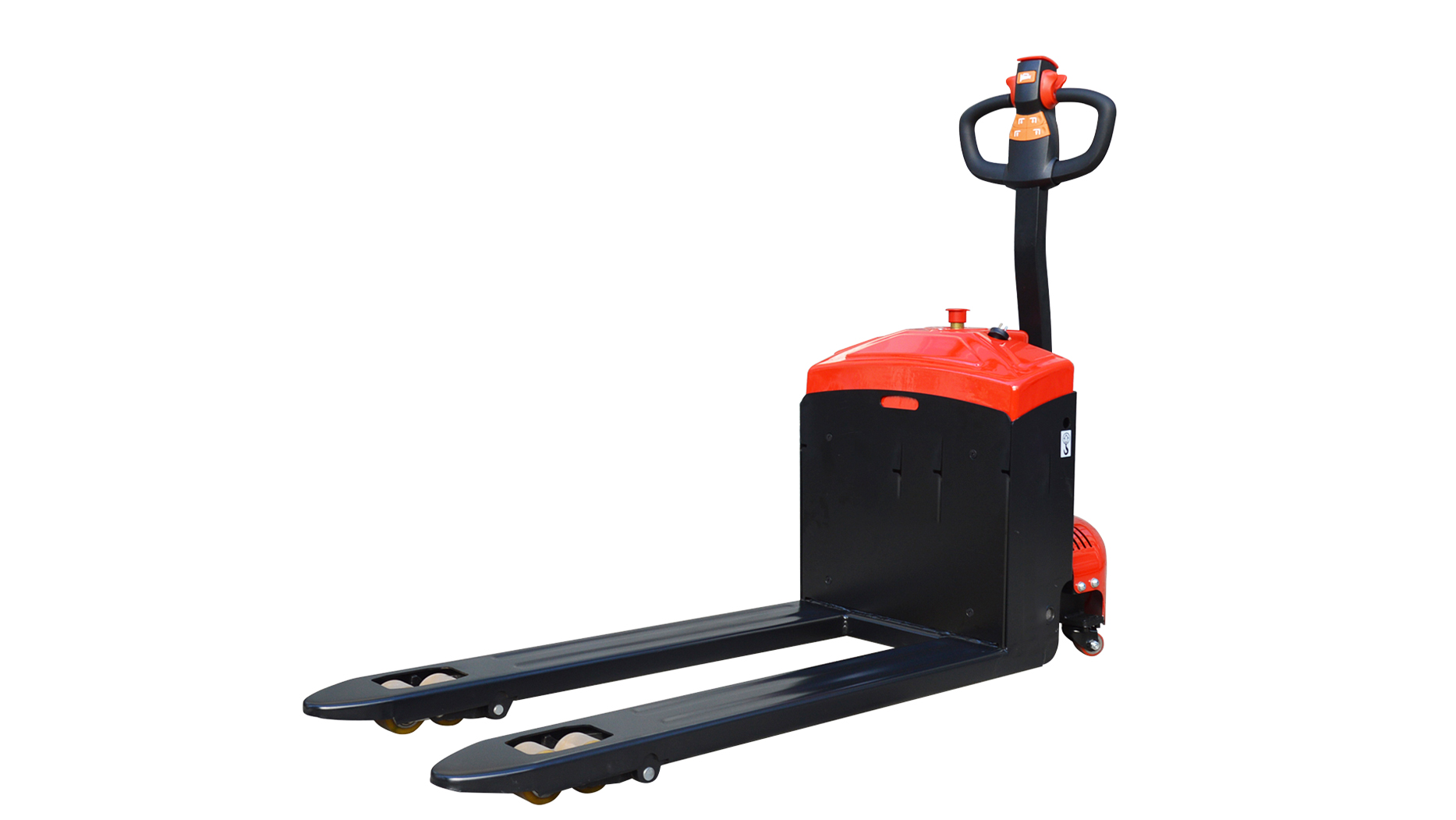In today's hyper-competitive global marketplace, the speed and accuracy of supply chains are paramount. Warehouses, once mere storage facilities, have evolved into dynamic, high-tech nerve centers of logistics. At the heart of this transformation lies warehouse automation, a comprehensive strategy involving the use of technology and machinery to streamline operations, reduce manual labor, and significantly enhance efficiency. For businesses striving to meet escalating customer demands, overcome labor shortages, and minimize operational costs, automation is no longer a luxury but a strategic imperative.
The impact of automation extends far beyond simply speeding up processes. It encompasses improvements in inventory accuracy, space utilization, worker safety, and overall throughput. By automating repetitive, strenuous, or complex tasks, warehouses can unlock new levels of productivity and adaptability, directly impacting a company's bottom line and competitive advantage.
Key Pillars of Warehouse Automation and Their Efficiency Gains
Warehouse automation isn't a single solution but rather a spectrum of technologies working in concert. Here's how different automation components improve efficiency:
1. Automated Storage and Retrieval Systems (AS/RS):
AS/RS are perhaps the most visible sign of advanced warehouse automation. These sophisticated systems use machines like cranes, shuttles, and robots to automatically place and retrieve inventory from high-density storage locations.
Efficiency Boost:
Maximized Space Utilization: AS/RS can use vertical space much more effectively than manual methods, often reaching heights of over 100 feet. This significantly increases storage density, reducing the need for costly new warehouse construction or expansion.
Faster Throughput: Machines operate at speeds and with precision unattainable by humans, leading to faster putaway and retrieval times.
Reduced Labor Costs: Eliminates the need for manual travel time within the warehouse, freeing up personnel for more value-added tasks.
Improved Accuracy: Computer-controlled systems drastically reduce human error in picking and putaway, leading to near-perfect inventory accuracy.
2. Automated Guided Vehicles (AGVs) and Autonomous Mobile Robots (AMRs):
These are intelligent, self-driving robots designed for horizontal transportation of goods within the warehouse.

Efficiency Boost:
Consistent Flow: AGVs follow predefined paths (e.g., magnetic tape, wires), providing reliable and continuous material flow between work zones.
Flexible Transport: AMRs, with their advanced navigation capabilities, dynamically adapt to their environment, avoiding obstacles and finding optimal routes. They excel in dynamic environments and can support goods-to-person picking.
Reduced Manual Travel: Automating internal transport significantly cuts down on unproductive travel time for human workers.
Enhanced Safety: Equipped with sensors and safety features, these robots reduce the risk of collisions, improving overall warehouse safety.
3. Conveyor Systems:
While not always "autonomous," modern conveyor systems are integrated and controlled by software, forming a crucial part of automated material flow.
Efficiency Boost:
Continuous Movement: Provide a constant flow of goods between different stations (e.g., receiving, sorting, packing, shipping), eliminating bottlenecks.
Faster Sorting and Directing: Automated sortation systems can direct thousands of packages per hour to their correct destinations with high accuracy.
Reduced Manual Handling: Minimize the need for operators to physically carry items, reducing fatigue and injury risk.
4. Robotic Picking Systems:
These robots use advanced vision systems, machine learning, and grippers to identify and pick individual items or cases.
Efficiency Boost:
Speed and Accuracy: Robots can pick items at incredibly fast rates with high accuracy, especially for repetitive tasks.
24/7 Operation: Robots don't tire or need breaks, enabling continuous operation.
Handling Difficult Items: Some robots are designed to handle items that are difficult or ergonomically challenging for humans.
Addressing Labor Shortages: Crucial for overcoming the growing challenge of finding and retaining warehouse labor.
5. Warehouse Management Systems (WMS) and Warehouse Execution Systems (WES):
These software platforms are the brains of automated warehouses, integrating and orchestrating all the physical automation technologies.
Efficiency Boost:
Optimized Workflows: WMS/WES intelligently direct tasks, manage inventory, and optimize picking paths, ensuring the most efficient use of resources.
Real-time Visibility: Provide comprehensive data on inventory levels, order status, and equipment performance, enabling proactive decision-making.
Error Reduction: Automated data capture and system-directed tasks virtually eliminate manual data entry errors.
Scalability: Allow warehouses to scale operations up or down more easily in response to fluctuating demand.

Beyond Core Automation: Integrating Specialized Equipment
While the primary automation technologies drive the biggest gains, other specialized equipment, including some that bridge the gap between heavy machinery and automation, contribute significantly to overall warehouse efficiency. Even traditional machines can be part of an optimized, data-driven automated environment.
Advanced Forklifts (including specialized off-road variants): Even when manually operated, modern forklifts are increasingly integrated into WMS, allowing for system-directed putaway and retrieval.
For outdoor yards or less conventional storage areas that might connect to an automated warehouse, the use of a 4WD off-road forklift ensures that goods can be efficiently moved from rough terrain outside to the warehouse receiving docks. This prevents bottlenecks at the interface of outdoor and indoor operations.
Similarly, an offload forklift self loading onto a delivery truck can automate the final stage of transport, ensuring goods are quickly and safely moved from the warehouse to the customer's site, especially if that site also lacks traditional loading docks. While not warehouse automation per se, it is automation in the broader supply chain that touches warehouse efficiency.
Even brands like MYZG, known for their cost-effective yet robust traditional forklifts and off-road models, are increasingly integrating telematics and smart features into their newer machines, allowing them to participate in a more data-driven, efficient ecosystem. This means even if a facility isn't fully automated, smart traditional equipment helps.
Automated Sortation and Packing: From automated bagging machines to robotic palletizers, these systems ensure that products are quickly prepared for shipment.
Efficiency Boost: Rapidly process high volumes of orders, reduce packing errors, and create uniformly packed shipments, optimizing space on trucks.
Voice Picking and Pick-to-Light Systems: These technologies guide human pickers, improving accuracy and speed.
Efficiency Boost: Reduce travel time, eliminate paper-based errors, and provide real-time feedback to operators, leading to faster and more accurate order fulfillment

The Holistic Impact on Efficiency
The cumulative effect of warehouse automation on efficiency is profound:
Increased Throughput: Orders are processed, picked, packed, and shipped at a much faster rate, allowing for higher volumes without increasing labor.
Reduced Operational Costs: Significant savings come from lower labor expenses, optimized space utilization (reducing real estate costs), reduced energy consumption (e.g., automated systems can operate in lights-out environments), and minimized product damage.
Improved Inventory Accuracy: Automated tracking systems nearly eliminate misplaced inventory and picking errors, leading to better order fulfillment rates and fewer returns.
Enhanced Worker Safety: Automation takes over dangerous, repetitive, or ergonomically challenging tasks, reducing the risk of injuries and creating a safer work environment for human employees. This can include operating specialized equipment like an off-road forklift in conditions that might pose risks to foot traffic.
Scalability and Flexibility: Automated systems can be scaled up or reconfigured more easily to adapt to fluctuating demand, seasonal peaks, or changes in product lines.
Better Customer Satisfaction: Faster, more accurate order fulfillment directly translates to happier customers, building loyalty and positive brand perception.
Data-Driven Decision Making: The vast amount of data generated by automated systems provides invaluable insights for continuous improvement and strategic planning.
Challenges and the Path Forward
While the benefits are clear, implementing warehouse automation isn't without its challenges. The initial capital investment can be substantial, requiring careful ROI calculations. Integration complexity, particularly with legacy systems, can also be a hurdle. Furthermore, successful automation requires a skilled workforce capable of managing and maintaining these advanced technologies.
However, as technology evolves, automation becomes more accessible. Modular and scalable solutions allow businesses to automate in phases, starting with smaller, high-impact areas. The long-term benefits in efficiency, cost savings, and competitive advantage far outweigh the initial challenges.
In conclusion, warehouse automation is the driving force behind modern logistics efficiency. By leveraging AS/RS, AGVs, AMRs, advanced conveyor systems, robotics, and intelligent software, warehouses can transform their operations, moving goods faster, more accurately, and at a lower cost. Even integrating specialized equipment like the 4WD off-road forklift or leveraging the evolving capabilities of brands like MYZG for specific outdoor or challenging material handling scenarios, contributes to the overall efficiency of a highly optimized supply chain. As businesses continue to face pressure for speed and precision, automation will remain the cornerstone of achieving unparalleled operational excellence.
Post time:Jun.20.2025
